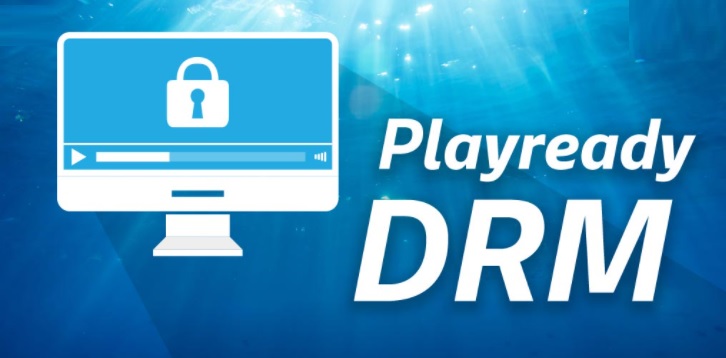What is PlayReady DRM used for?

Microsoft launched PlayReady digital rights management (DRM) in 2008 to take on its competitors in the emerging streaming audio and video markets, which replaced the download-and-own model of media content of the earlier era. The relevance of PlayReady DRM is situated in the immense popularity of the different versions of the Windows operating system on desktops. It supports Internet Explorer 11 and Edge browsers on Windows 8.1 and Windows 10.
Like other DRM solutions, say from Google’s Widevine and Apple’s FairPlay, PlayReady allows encryption of media assets using its license keys which can be decrypted in the client using a content decryption module and the same license keys. A typical license key issues by PlayReady DRM contains information on the time period for which a key is valid, the security level required to allow the playback – for example, if the device does not support trusted execution environment, the license key may not allow the playback of UHD files – the number of devices the same content can be played on simultaneously, etc.
PlayReady DRM is most widely used in subscription-based services made popular by OTT platforms, like Netflix and Amazon Prime, as well as on gaming consoles like Xbox. It allows OTT platforms to define and integrate their business logic through its Web API. This process starts when an OTT platform uses a multi-DRM vendor’s packager to encrypt a media asset with a PlayReady license key and ends when the client seeks a license from the PlayReady server to decrypt and play the media asset. PlayReady also allows rental and downloaded media content to be encrypted to be used by authorized users. In the rental version, the license defines an expiration period and allows the renting company to optimize its offerings. On the other hand, in the downloaded content, the PlayReady license may simply track device IDs to stop the misuse of content.
Another feature that enriches the PlayReady suite is license key rotation. This feature allows content keys to be changed regularly to suit different use cases. For example, rotating license keys at regular intervals on the same piece of content enhances content security. It can also allow OTT platforms to sell different subscriptions models on the same type of content, like live sporting events, accessing HD resolution, etc.












